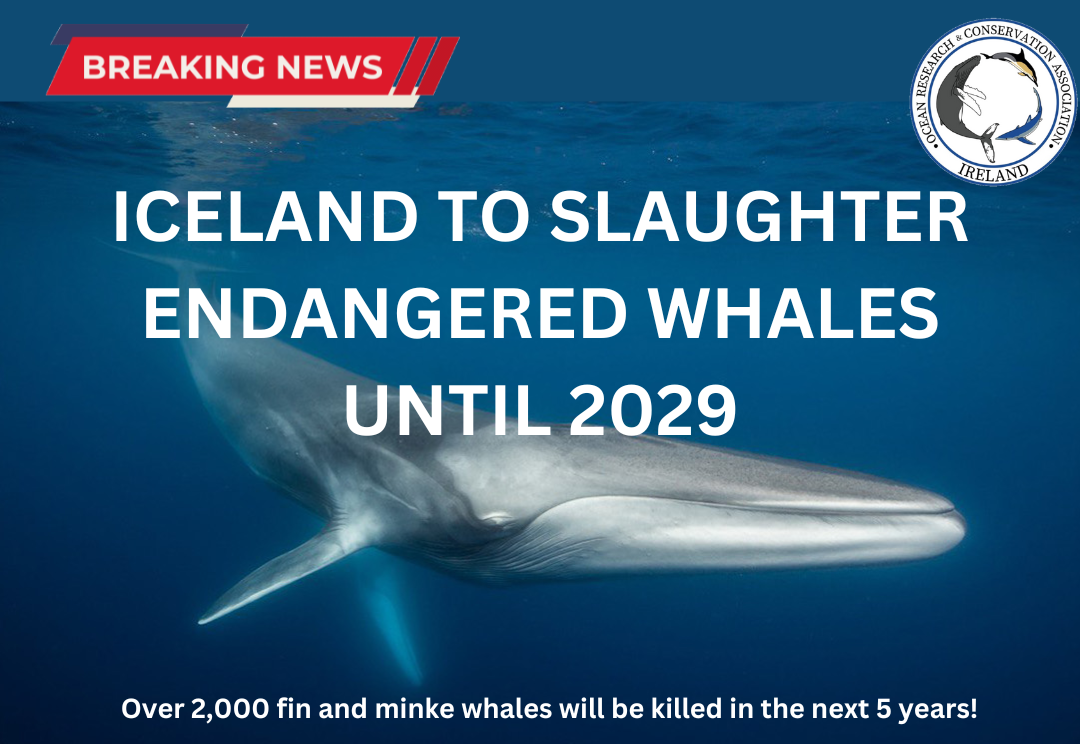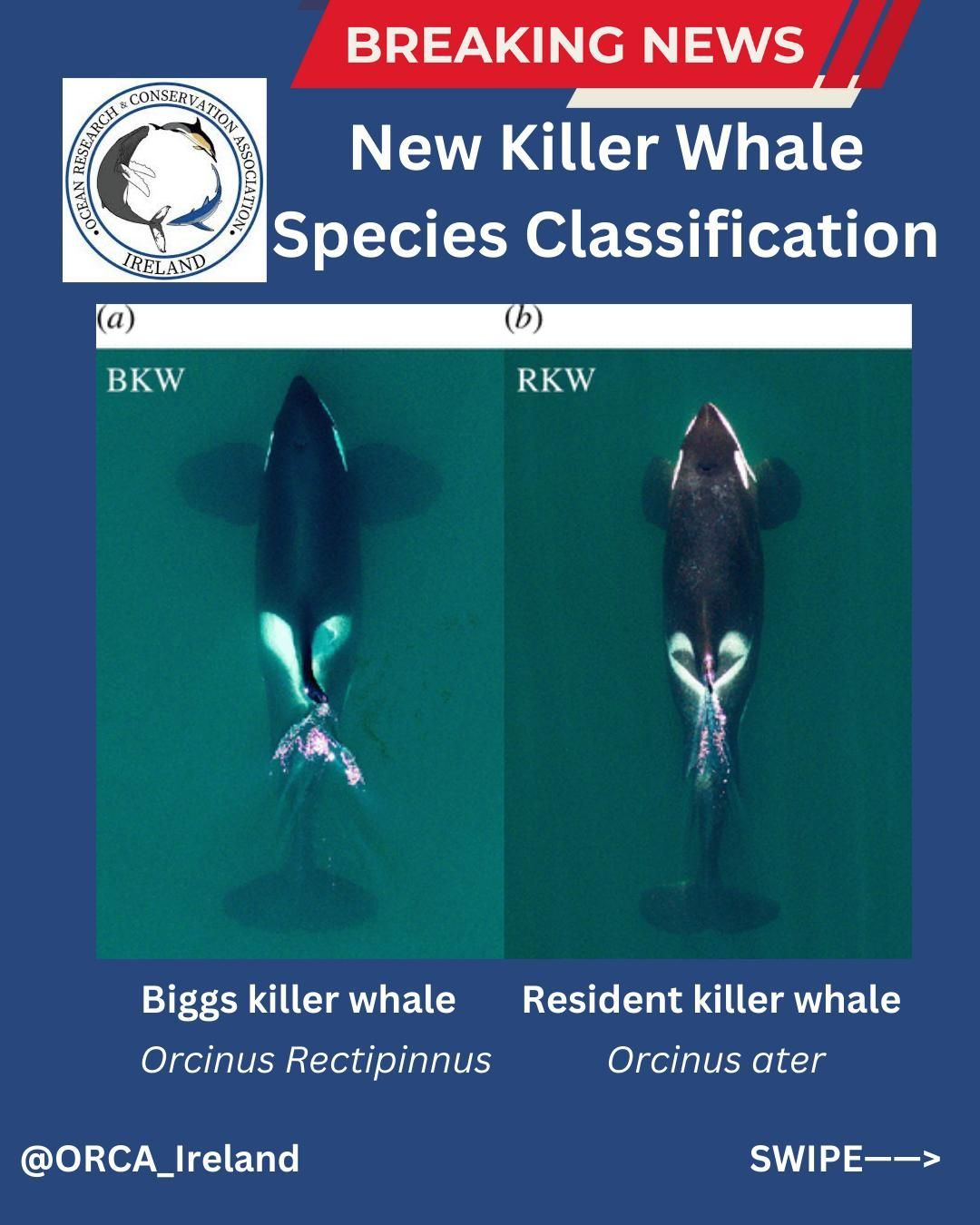Ocean mysteries science can explain- Part 1
The moon is thought to have been more explored than the deep oceans, although the ocean covers more than 70% of the Earth's surface, only 1% of the seafloor is known. Many mysteries remain unexplained by science and in this list we "dredge" up some of the biggest questions that to this day remain unanswered or do they?
1. The "Lonely" whale
The "loneliest whale in the world" is a nickname given to one of the animal kingdoms greatest mysteries. It sings a song like no other and some say it wanders the Pacific Ocean crying out for companionship that will never come. The unknown species of whale was first recorded in Peugeot Sound in 1989 by an array of hydrophones called SOSUS, built by the US Navy to detect enemy submarines. The last original series of recordings was made in 2004. The whale's song, although similar to that of a blue whale ( Balaenoptera musculus),
was significantly different. The sound picked up by the navy's hydrophones was at a frequency of 50 to 52 Hertz, a low bass note to the human ear, but much higher that that of a blue whale which calls at a frequency of 10 to 40 Hz. Similarly, it was unlikely to be a fin whale ( Balaenoptera physalus
) which calls at a frequency of 20 Hz. Bill Watkins, a marine mammal researcher at the Woods Hole Oceanographic Institute (WHOI), first realised the significance of the strange recordings and tracking the 52Hz call became his lifelong passion until he passed away in 2004 at the age of 78. His findings of a 12 year long study was published in Science Direct
before his death and Watkins discovery that this whale was completely unique would be discussed for years to come. Watkins found that no other calls with similar characteristics had ever been identified in the acoustic data from any hydrophone in the North Pacific basin and as only one series of the calls had been recorded at any given time, with no call overlap, this suggested that a single whale produced the calls. The calls were recorded between August to February, and tracks of the calls were found to be inconsistent with the movements of other whale species which were monitored year round by the same hydrophones (Watkins et al.,
2004).
Recent discoveries in marine mammal science may hold the answer to the mystery of the 52 hertz whale. In 2003, a new whale species was first described, the Omura's whale ( Balaenoptera omurai ) (Wada et al ., 2003). Prior to it's formal description it was referred to as a "dwarf" or "pygmy" form of Bryde's whale ( Balaenoptera brydei ). The Omura's whale has currently been confirmed to range from the northeastern and South Atlantic, western Pacific and Indian Ocean, with a recent resident population found in Madagascar. The most recent discovery of the Omura's whale comes from Sri Lankan waters in the central Northern Indian Ocean (de Vos, 2017).
A detailed description of external morphological features as described by Cerchio et al
., (2015) and de Vos (2017) can be used to distinguish between Omura's and Bryde's whales. These include a prominent dorsal ridge on the rostrum, in comparison a Bryde's whale, which often has three head ridges, where the central ridge is flanked by two lateral rostral ridges. In addition body colouration varies between the two species;(Bryde's whales are uniformly black throughout their bodies), and the dorsal fin also differs; where Omura's have a smaller and more falcate fin in comparison to Bryde's whales (Yamanda, 2009, as read in, de Vos, 2017).
A study published in the Royal Society of Open Science in
2015 analysed acoustic recordings conducted in the presence of Omura's whales and found that the 21 calls measured with RAVEN PRO 1.4 had an average power measurement in a 16-52 Hz bandwidth. Omura's calls had an average duration of 9.2 seconds (s.d. 0.92s), an average peak frequency of 36.1 Hz (s.d. 6.19 Hz), average low frequency of 14.9 Hz (s.d. 5.40 Hz) and a high frequency of 52.9 Hz (s.d. 2.19 Hz) (Cerchio et al
., 2015). These calls were later described as stereotyped amplitude modulated vocalisations, rhythmically repeated in typical Balaenopteridae
song type (Cerchio et al.,
2017 )
.
As Omura's whales have been found in some areas of the Pacific Ocean it is not implausible that the "loneliest whale" was in fact a lost Omura's whale. Certainly oceanographic variables caused by the El Nino have caused the redistribution of species in the past, warming waters as far North as Alaska. Yet correlation does not necessarily mean causation. It may be possible that the lonely whale is lost Omura's but these are answers only time and science will be able to tell.
References
:
Cerchio, S., Andrianantenaina, B., Lindsay, A., Rekdahl, M., Andrianarivelo, N., Rasoloarijao, T., (2015). Omura’s whales ( Balaenoptera omurai
) off northwest Madagascar: ecology, behaviour and conservation needs. Society Open Science
http://doi.org/10.1098/rsos.150301.
Cerchio, S., Dorning, S., Andrianantenaina, B., Cholewiak, D., (2017). A first description of rhythmic song in Omura’s whale ( Balaenoptera omurai
). Journal of the Acoustical Society of America
141
, 3544; https://doi.org/10.1121/1.4987495.
de Vos, A., (2017).First record of Omura's whale, Balaenoptera omurai, in Sri Lankan waters. Marine Biodiversity Records 10(18):1-4. DOI:10.1186/s41200-017-0121-2
Watkins, W. A., M. A. Daher, J. E. George, and D. Rodriguez. 2004. “ Twelve years of tracking 52-Hz whale calls from a unique source in the North Pacific.” Woods Hole Oceanographic Institution, MS 36, Woods Hole, MA 02543, USA. Deep Sea Research Part
I Oceanographic Research Papers
12/2004; 51(12):1889-1901. DOI : 10.1016/j.dsr.2004.08.006.
Yamada TK. Omura’s whale, Balaenoptera omurai (2009). In: Ohdachi S, Ishibashi Y, Iwasa
M, Saitoh T, editors. The Wild mammals of Japan. Kyoto, Japan: Shoukahoh
Book Sellers
and Mammalogical Society of Japan
;. p. 330–1.
SHARE THIS ARTICLE

















